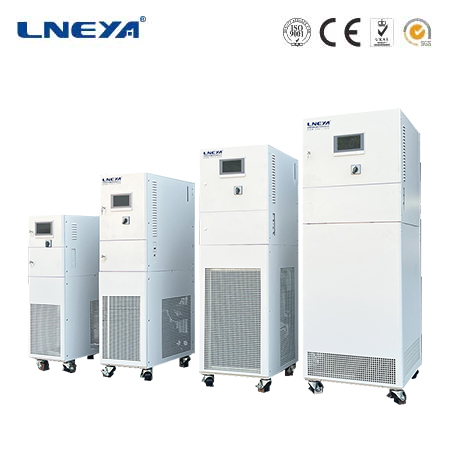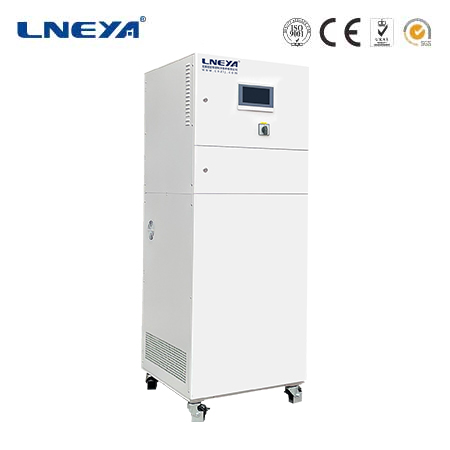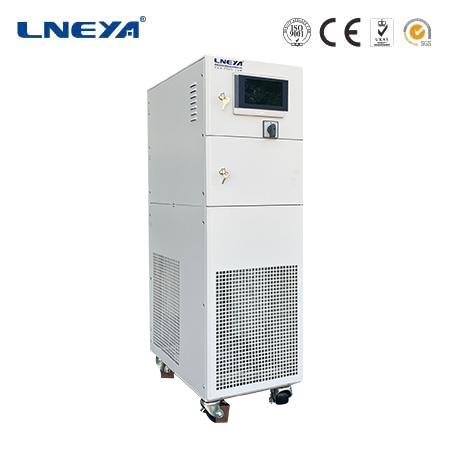heated circulating baths
Heated Circulating Baths: A Comprehensive Guide
Introduction
Heated circulating baths are specialized laboratory and industrial equipment designed to provide precise temperature control for various applications. These devices circulate a heated fluid, typically water or oil, through a system to maintain a consistent temperature in a controlled environment. Heated circulating baths are widely used in scientific research, chemical processing, and material testing, where accurate temperature regulation is critical. This article delves into the working principles, types, applications, advantages, and considerations for selecting heated circulating baths.

Working Principle
Heated circulating baths operate by heating a fluid (usually water or oil) and circulating it through a closed-loop system. The key components include:
Heating Element: The heating element heats the fluid to the desired temperature.
Circulation Pump: The circulation pump moves the heated fluid through the system, ensuring uniform temperature distribution.
Temperature Controller: The temperature controller monitors and regulates the fluid temperature, maintaining it at the set point.
Bath Reservoir: The bath reservoir holds the fluid and provides a stable environment for temperature control.
The system continuously circulates the heated fluid, ensuring consistent and precise temperature control.
Types of Heated Circulating Baths
Water Baths: These baths use water as the circulating fluid and are suitable for applications requiring temperatures up to 100°C.

Oil Baths: These baths use oil as the circulating fluid and can achieve higher temperatures, typically up to 300°C or more.
Refrigerated Circulating Baths: These baths combine heating and cooling capabilities, allowing for temperature control below ambient levels.
Shaking Baths: These baths include a shaking mechanism to agitate the fluid, providing uniform heat distribution and mixing.
Applications of Heated Circulating Baths
Scientific Research: Heated circulating baths are used in laboratories for experiments requiring precise temperature control, such as enzyme reactions and cell cultures.
Chemical Processing: These baths are used in chemical synthesis and reactions, where consistent temperature control is critical for product quality.
Material Testing: Heated circulating baths are used in material testing to simulate environmental conditions and study material properties.
Pharmaceutical Industry: These baths are used in drug development and manufacturing processes, ensuring precise temperature control for sensitive compounds.
Food and Beverage Industry: Heated circulating baths are used in food processing and quality control, ensuring consistent temperatures for product testing.
Advantages of Heated Circulating Baths
Precise Temperature Control: Heated circulating baths provide accurate and stable temperature control, ensuring consistent results.
Uniform Heat Distribution: The circulation pump ensures uniform heat distribution, preventing hot spots and ensuring even temperature throughout the system.

Versatility: These baths can be used with various fluids (water, oil) and are suitable for a wide range of applications.
User-Friendly Controls: Modern heated circulating baths come with intuitive controls and digital displays, making them easy to operate.
Durability: High-quality materials and construction ensure long-lasting performance and reliability.
Considerations for Selecting Heated Circulating Baths
Temperature Range: Determine the required temperature range for your application and choose a bath that can achieve and maintain those temperatures.
Fluid Type: Choose the appropriate fluid (water, oil) based on the temperature requirements and compatibility with your application.
Capacity: Consider the size of the bath reservoir and the volume of fluid needed for your application.
Control Features: Look for baths with advanced temperature control features, such as PID controllers and digital displays.
Safety Features: Ensure the bath has safety features such as over-temperature protection and low fluid level alarms.
Maintenance Requirements: Opt for baths with low maintenance requirements and easy access to components for servicing.
Conclusion
Heated circulating baths are essential equipment for applications requiring precise and consistent temperature control. Their ability to provide uniform heat distribution, accurate temperature regulation, and versatility makes them ideal for scientific research, chemical processing, material testing, and more. By understanding the working principles, types, applications, and selection criteria, users can choose the right heated circulating bath to meet their specific needs. This guide provides a comprehensive overview of heated circulating baths, equipping readers with the knowledge needed to make informed decisions about reliable and precise temperature control solutions.
Related recommendations
200kw chiller
232200kW Chiller A 200kW chiller refers to a refrigeration unit with a cooling capacity of 200 kilowatts. This type of chiller is commonly used in a variety of settings where a moderate to relativ...
View detailsWhat temperature sensors are commonly used for lab water chiller?
1081What temperature sensors are commonly used for lab water chiller? Generally speaking, the temperature sensors used in laboratory chillers mainly include the following types: 1. T...
View detailspropylene glycol for chiller
141In chiller systems, maintaining an efficient and reliable cooling process is of utmost importance. Propylene glycol has emerged as a popular choice for use in chiller coolants. It is a clear, colo...
View detailswater cooling temperature difference
468Water Cooling Temperature Difference in Industrial Systems Water cooling systems are crucial in various industrial applications for managing heat loads effectively. The temperature difference w...
View details
 LNEYA Thermal Test Chillers
LNEYA Thermal Test Chillers







HelloPlease log in